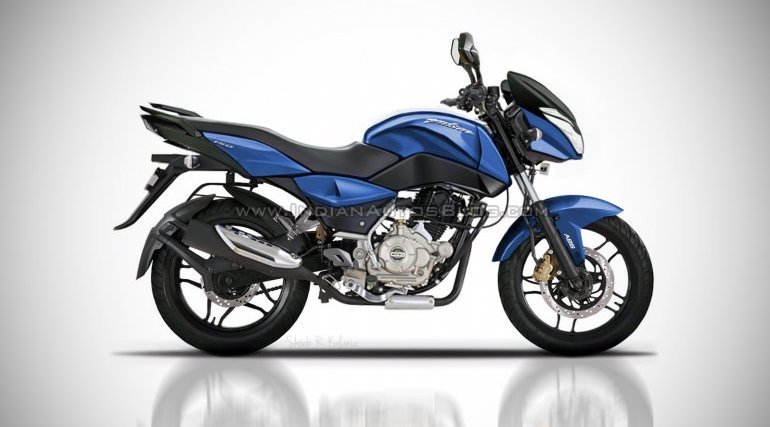Next-gen Bajaj Pulsar range - 8 things you should know

The Bajaj Pulsar is the best-selling entry-level performance motorcycle brand in the country enjoying over 40 percent market share.
However, with the institution of competitors from Suzuki, TVS and Honda, the Pulsar brand seems to have come under pressure to raise the bar in all departments. According to media reports, the next-generation Pulsar is under development and here are eight things you should know about the forthcoming Bajaj Pulsar range.
New Design Language
The design has been the USP of the Bajaj Pulsar brand. Right from the first Pulsar 150 Classic to the Bajaj Pulsar NS200, the motorcycles have featured a radical design. Over a period of time, the existing design language has lost some impact with the current line-up being mostly similar since 2010.
According to reports, the new-generation Bajaj Pulsar range will feature a more contemporary design language carrying over the familiar Pulsar silhouette.
Design revamps could come in the form of LED lighting all around, new alloy wheel design, sharper lines and possibly a mono-shock as well. The motorcycles are also no doubt to feature improved ergonomics with a redesigned tail section. Bajaj will presumably have distinct identities for the naked and faired versions. For instance, the roadster models will have broad handlebars while the faired version will get clip-ons.
Features
The Bajaj Pulsar range has been recognized for offering segment-leading features. The new-generation Pulsar will be no different. Features like LED headlights with projector units, digital instrumentation, and rear mono-shock are very likely to be present on the new-gen Pulsars.
Updated Engines
The next-generation Bajaj Pulsar line-up will pick up a brand-new range of engines. The upcoming BS-6 emission norms will require bike makers to significantly upgrade existing powertrains or develop new motors altogether.
Bajaj Auto is reportedly developing an engine architecture that can accommodate features like 4-valves and fuel injection with oil- or liquid-cooling. The brand new engines will have a displacement in the range of 125 cc to 250 cc. The 250 cc motor will replace the existing 220 cc engine. The newer NS 200/RS 200's engine is based on an entirely different architecture, which will only see a minor update to meet BS-6 emission norms.
Segmentation
The upcoming Bajaj Pulsar 125 is likely to replace the Pulsar 135 LS and act as a unique offering bridging the premium commuter and the entry-level performance segment. The Bajaj Pulsar 250 will replace the existing Pulsar 220, while the future of the Pulsar 180 hangs in the balance. The new Bajaj Pulsar 150 will offer segment-leading performance figures and continue as the cash cow for the Pune-based manufacturer.
Refinement & Efficiency
The new-generation Bajaj Pulsar range is likely to be high up on refinement. The introduction of fuel injection, liquid cooling and 4-valve head will improve combustion and offer lower NVH levels, a sore point in the current family at higher revs. The newer Pulsars are also likely to be strong in fuel efficiency department.
Safety
Safety is paramount, and it is no different for the new-gen Bajaj Pulsars. The Government of India mandates all new motorcycles above 125 cc to come with single-channel ABS as standard from 1 April 2018, while existing bike will have to offer standard ABS from April 2019. The new Pulsar range will feature single-channel ABS, while those above 200 cc could feature dual-channel ABS units as well. Bajaj currently offers ABS as an option on the Pulsar NS 200, RS 200 and the Bajaj Dominar 400.
Launch
The BS-6 emission norms take effect 1 April 2020. The new engines on the upcoming Bajaj Pulsar range are currently under development phase and are reportedly on course to be ready by the second half of 2019. The production-ready motorcycles could debut by mid-2019, while commercial launch is likely to take place towards the end of 2019.
Related News


